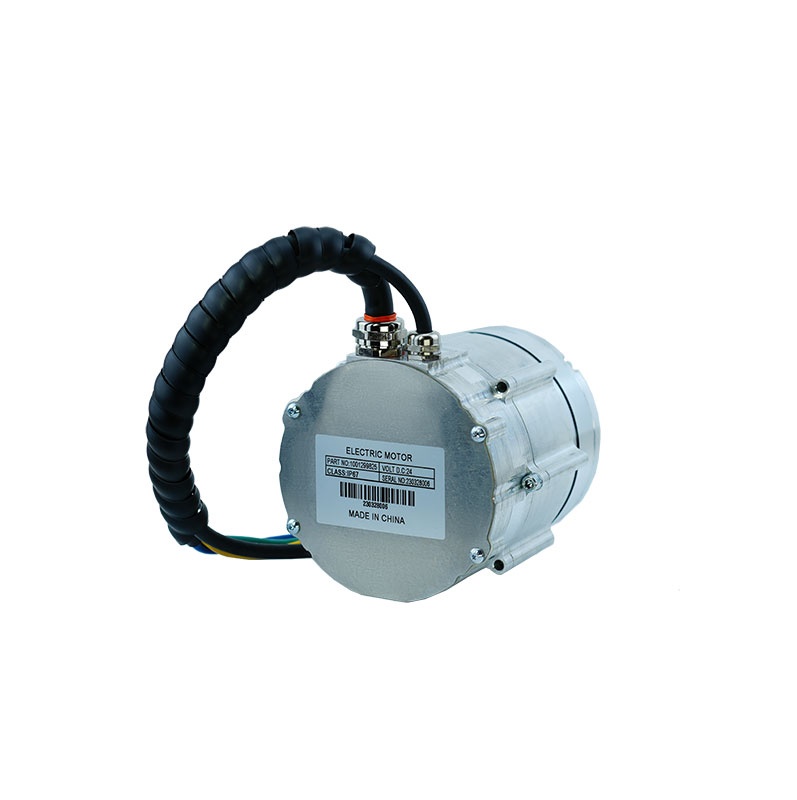Why do some motors have their barrels scraped after running for a period of time?
Earlier, we sent a tweet about the motor's bore scraping failure. This issue has been hotly discussed by fans. Many netizens shared their views, and some netizens shared the specific problems they encountered. Among them, two netizens encountered the problem that the motor had been running for several months and the bearing system was intact. Today we will discuss this issue with you again.
According to the information provided by netizens, if there is no problem with the bearing system of the motor, then the factors that lead to the motor bore scraping can only be analyzed from the quality status of components such as the stator, rotor and end cover.

Based on the author's personal experience of a motor with a scavenging fault, possible factors include:
First, when cracks or deflections occur in the motor rotor, the originally uniform air gap between the rotor and the stator will change, and the deflection bumps on the rotor will interfere with the stator. The fault manifestation is a circle of friction marks on the inner bore of the stator, while the rotor only has local marks.
Second, when the stator core is not properly matched, the stator part will deviate from the original ideal position and undergo radial displacement, causing the stator and rotor of the motor to be non-concentric, and in severe cases, the bore scraping problem will occur; this problem is more common in large suspended structure motors.
Third, when the motor base is not strong enough, when the base or the bearing chamber of the end cover is broken, the ideal support of the rotor will be problematic and the stator will be radially displaced; the final result is also different degrees of interference between the stator and the rotor. This problem occurs more often in motor parts made of poor materials or insufficient thickness castings. Therefore, motor manufacturers should not blindly save costs from the quality compliance of parts. The loss of motor failure may exceed the so-called cost savings.
Fourth, when objects that should not be in the motor cavity appear, such as rotor balancing materials, balancing putty on the windings, and processing metal chips lurking inside the rotor, they may enter the stator-rotor air gap and cause interference sweeping problems.
Rated power and rated torque are performance parameters that should not be exceeded during the application of the motor. Overload operation is also very likely to cause the motor's mechanical properties to collapse. Of course, non-conforming processing during the motor's manufacturing process also contributes greatly to the motor's bore scraping failure.



























 XINDA
XINDA